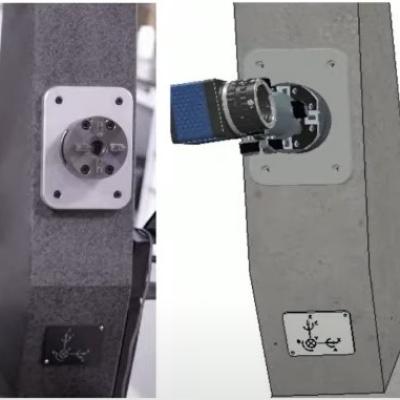LLNL’s novel approach utilizes a number of techniques to improve reconstruction accuracy:
Keywords
- Show all (101)
- Additive Manufacturing (37)
- Photoconductive Semiconductor Switches (PCSS) (9)
- Imaging Systems (8)
- 3D Printing (7)
- Semiconductors (6)
- Optical Switches (4)
- Electric Grid (3)
- Power Electronics (3)
- Sensors (3)
- Computing (2)
- Manufacturing Automation (2)
- MEMS Sensors (2)
- Optical Sensors (2)
- Precision Engineering (2)
- Spectrometers (2)
- Synthesis and Processing (2)
- Manufacturing Simulation (1)
- Volumetric Additive Manufacturing (1)
- (-) Manufacturing Improvements (3)
- (-) Particle Accelerators (2)
Technology Portfolios
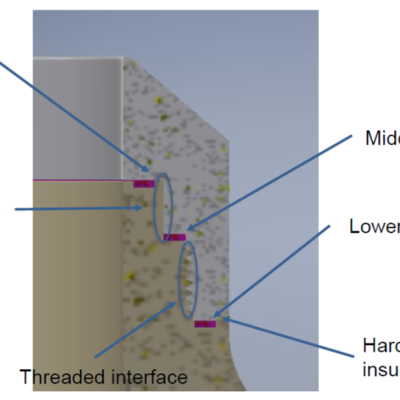
The approach is to build a high voltage insulator consisting of two materials: Poly-Ether-Ether-Ketone (“PEEK”) and Machinable Ceramic (“MACOR”). PEEK has a high stress tolerance but cannot withstand high temperatures, while MACOR has high heat tolerance but is difficult to machine and can be brittle. MACOR is used for the plasma-facing surface, while PEEK will handle the stresses and high…
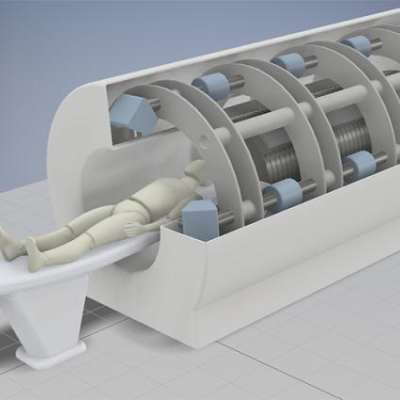
LLNL’s approach is to use their patented Photoconductive Charge Trapping Apparatus (U.S. Patent No. 11,366,401) as the active switch needed to discharge voltage across a vacuum gap in a particle accelerator, like the one described in their other patent (U.S. Patent No.
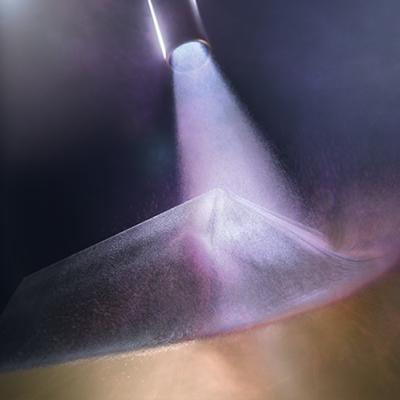
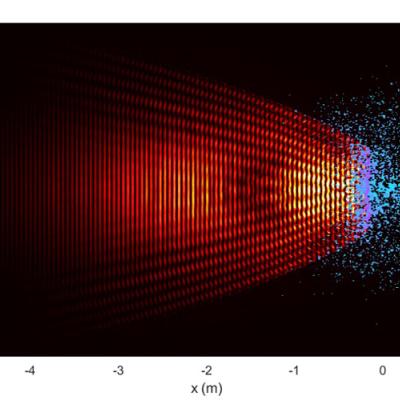
LLNL pioneered the use of tomographic reconstruction to determine the power density of electron beams using profiles of the beam taken at a number of angles. LLNL’s earlier diagnostic consisted of a fixed number of radially oriented sensor slits and required the beam to be circled over them at a fixed known diameter to collect data. The new sensor design incorporates annular slits instead,…

